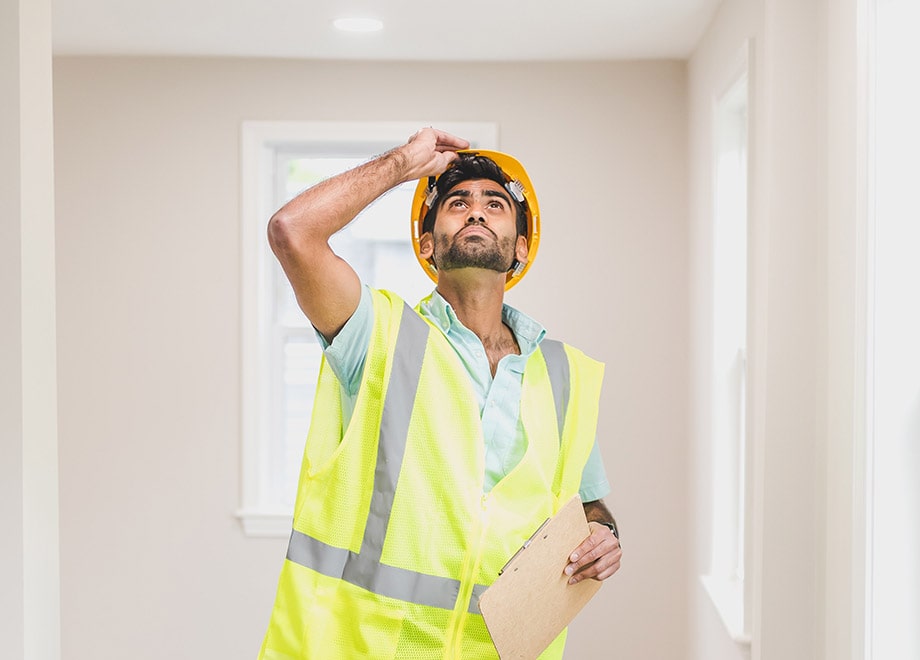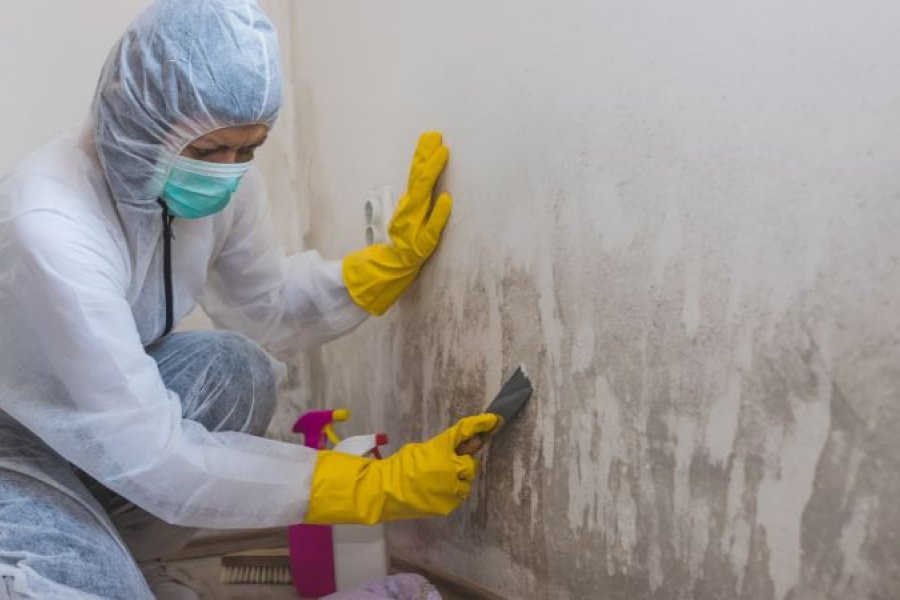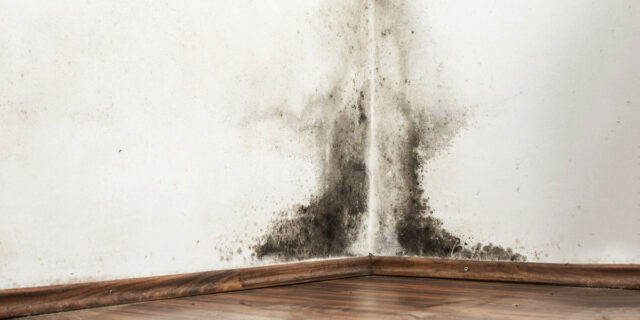Home mold testing is an essential step in ensuring the safety and health of your living space. Inspectors employ a variety of methods to detect and assess mold growth, from visual inspections to air sampling and surface testing.
By utilizing these different techniques, inspectors can provide a comprehensive evaluation of mold presence and potential health risks in your home. Understanding the three primary methods used by inspectors can help homeowners make informed decisions about addressing mold issues and maintaining a healthy indoor environment.
1. Visual Inspection

Visual inspection is one of the most common methods used by inspectors to test for mold in homes. Inspectors carefully examine areas of the home where mold is likely to grow, such as damp basements, bathrooms, and kitchens.
They look for signs of mold, such as dark spots on walls or ceilings, musty odors, and peeling paint or wallpaper. Inspectors may also use tools like moisture meters to detect areas of high humidity, which can indicate a mold problem.
Visual inspection allows inspectors to quickly identify areas of concern and determine the extent of the mold problem in the home.
2. Air Sampling

Air sampling is a critical method used by inspectors to test for mold in homes. This process involves collecting air samples from different areas of the home to determine if there are elevated levels of mold spores present.
Inspectors use specialized equipment to capture air samples, which are then sent to a laboratory for analysis. Air sampling can help identify the presence of hidden mold that may not be visible to the naked eye.
By testing the air quality in a home, inspectors can provide valuable information to homeowners about the potential health risks associated with mold exposure.
3. Surface Sampling
Surface sampling is a critical method used by inspectors during home mold testing. This technique involves taking samples from specific surfaces within a property to determine the presence of mold spores.
Inspectors may use a variety of tools and methods for surface sampling, such as tape lifts, swabs, or bulk samples. These samples are then sent to a laboratory for analysis to identify the type and concentration of mold present.
Surface sampling provides valuable information about the extent of mold contamination in a home, helping inspectors develop an effective remediation plan. Additionally, surface sampling can help pinpoint the source of mold growth and identify areas that require attention to prevent future mold problems.
Conclusion

In conclusion, home mold testing is a crucial step in ensuring the safety and health of your living environment. Mold can pose serious health risks and should be addressed promptly.
Mold inspectors use various methods such as air sampling, surface testing, and thermal imaging to identify and analyze mold growth. If you suspect mold in your home, it is recommended to consult with a professional inspector, such as those in mold inspection tampa, to accurately assess the extent of the mold problem and develop an effective remediation plan. By taking proactive measures and conducting regular mold testing, you can help maintain a healthy indoor environment for you and your family.




